Ultimate Guide Regarding Cold Emailing to Potential Clients in 2024

With the snippets stealing the top space of Google and Google’s increasing focus on answering users’ queries without bothering to open up the link, entrepreneurs and marketers are wondering which new client-grabbing methods will help?
Turns out cold emailing is still ready to spread the magic like before, but only if you implement it in a modern way.
Cold emailing, similar to cold calling, is sending emails to users you don’t have any relationship with. You are sending them emails considering them as potential clients.
Due to the widespread social media era, cold email lost its traces. In fact, anyone who wants to attract new clients never believes in cold emailing as an effective way to achieve a targeted audience. Well, they are not to blame.
“According to the study of Campaign Monitor, on average email opening rate in 2024 is only 17.92% and click-rate remains up to 2.69%.”
Still, I am praising cold emailing as a new way to hold on to potential clients because a well-known author performed an experiment of sending cold emails to high-profile executives from Fortune 500 Companies – much harder to reach than average users. The results were awestruck.
Clickmatix Report says: “His email open rate was 45.5%, beating the average rate reported by Campaign Monitor”
His name is Shane Snow, author of SmartCuts and co-founder of Contently. He proved that if you know how to craft an eye-catching cold email, you can easily land as many clients as you seek.
Today, I am going to share a few tricks to craft an unavoidable cold email. You’ll also discover the secrets of why most emails fail while a few lead to a fortune.
Cold Emailing that Separates Your Business from Others
Before that, you must understand the difference between a well-crafted genuine email and spam looking email.
Spam email is a one-to-many email with a hidden warning of “Don’t Open it at Any Cost” for users.
Spammy Emails
Even if your email reaches to inbox instead of the spam folder, users easily identify the above-mentioned words as spam.
On the contrary, a genuine cold email is a user-specific email, depicting how they can benefit from your products or services instead of bombarding them with features.
Once you understand the difference, you can design an instantly-opening cold email.
1. Personalised Email Header
Users start judging your emails from the email header. It’s your first impression that must long last.
If it says something general, never think your mail ever reached the user. In fact, it will end up either in the trash section or a spam folder.
Email header with your own or personal email address delivers more positive results than the general one.

Get weekly insights for revenue-shifting results
Sign up for our newsletter and be the first one to know about our exclusive offers, digital marketing news and updates.
|
|
Thank you for Signing Up |


It seems like one person wants to talk with another.
2. Relevant Email Subject
Then comes your subject which decides whether the user will open the mail or not.
The irrelevant subject is the best way to ruin your entire email marketing expectations. I used to receive a lot of emails that I didn’t have any idea about.
Here is one example:
I never applied for a credit card in the first place. This subject line was enough for me to report the email as Spam.
Being a user and addictive reader, the below-given email subjects will force my finger to click and see what lay ahead.
They are relevant and hold my interest.
To increase your email opening rate, you must recognize how to create user-relevant emails. Something resonating with users’ interest.
3. Address the Recipients Name
Every email must start with a warm welcome for the recipients. That’s only possible if you address their personal name instead of using any generic one.
Once I received a treacherous email claiming cheaper home loan interests. As soon as I opened it, a giant image loaded with a home design told me to click if I was willing to know more. Obviously, far away from what it claimed in the subject.
If it started with my name, I would have given it a second thought before announcing it as spam. Just like the one is given below from Social Media Examiner.
4. Promising Email
With your email subject, you promised something to users. With email body, you prove the promise.
A warm welcome and diving deep into what you already promised in the email subject is a good way to move the reader to the last stop.
Jake Jorgovan, an advisor and consultant helping agencies win more clients, shared one of his cold-email templates that helped him win $4000.
Suffice to say that mention how your skills or products help customers in multiple ways. Plus, show the proof of your past achievements. It’s enough to win the trust and get customers to click “Call to action”.
5. Call to Action
At last, after writing a compelling email, you can either leave a call-to-action or wait for the client to contact you.
Signature is a genuine way to get the click without forcing clients. Add your contact details and website to the signature so that potential customers contact you directly instead of bothering to reply to your mail.
Contacting your business should be as easy as a sip of tea because users are lazy and high-profile executives are too busy.
6. Follow-up Email
Maybe some users missed your email or forgot to open it later. A follow-up email shows your care towards users. Additionally, if genuine cold emails pop up a few more times, they set a reminder in users’ minds to check you out at a certain stage.
A follow-up email as simple as this would work:
Note: Maintain a time difference between sending the first email and the second one, otherwise you are no different than those spam emails flashing notification lights a few times a day.
Automate Cold Emailing Sequence
Instead of relying only on one email, write 4-6 emails in advance so that you can auto-send them each week. It’s kind of scheduled in advance to save time and effort.
5 Types of Cold Emails You Must Write in Advance
- Introduction Email unveiling your products or services mixed with user benefit
- Follow-up reminder email sent previously. Throw some light on what you offer
- Email sharing a valuable idea on how specifically you can benefit a particular user
- Case-study email telling about the benefit your previous customers received
- Inviting email on your upcoming webinar or a new product launch or anything new taking place in your organization
Automate and Schedule them to be sent one by one each week.
Track and Improve Response Rates
When you start a cold emailing campaign, fill in answers to 4 questions to track the response rate:
- Which email sending time delivered the maximum response?
- How much is the opening rate?
- Which email got a higher opening rate and which one lost the user interest?
- How many touchpoints did it take for users to respond to the email?
Take the help of software to get the answer to all questions or track them manually, your call. The more you know about which email worked and which didn’t, the more you can improve to increase response rates.
Tell me, What do you Think about Cold Emailing?
Being a marketer or entrepreneur, at some point, you must have implemented various email strategies. Try it again with the method mentioned above and don’t forget to tell me what worked for you.
In search for strategic sessions?
Let us understand your business thoroughly and help you
strategies your digital product.
It's time to call your business-
a brand!
Australian Owned Agency
Save Time and Money
Unbeatable Value
Where Work Gets Done
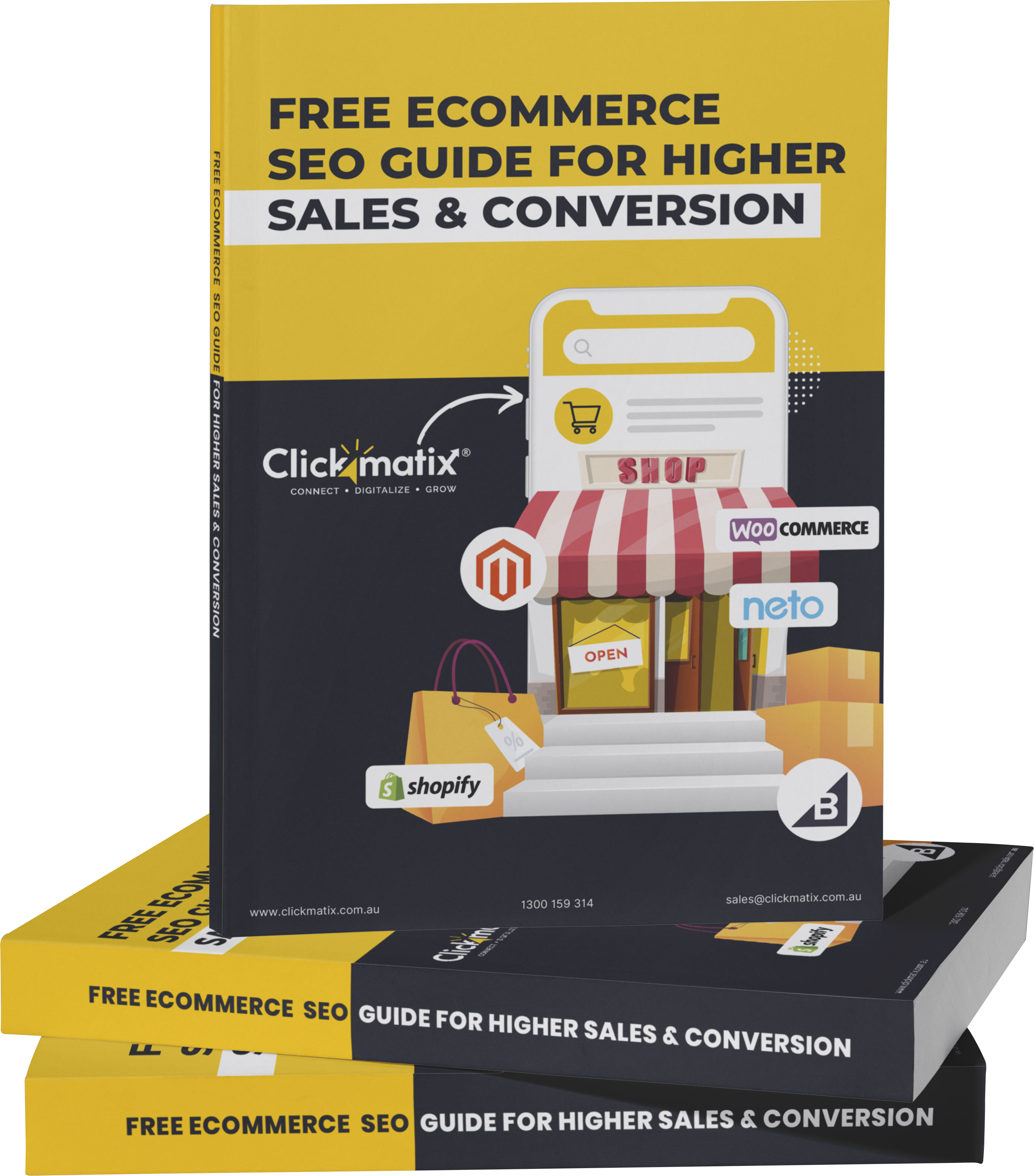
free Ecommerce SEO guide for Higher Sales & Conversion


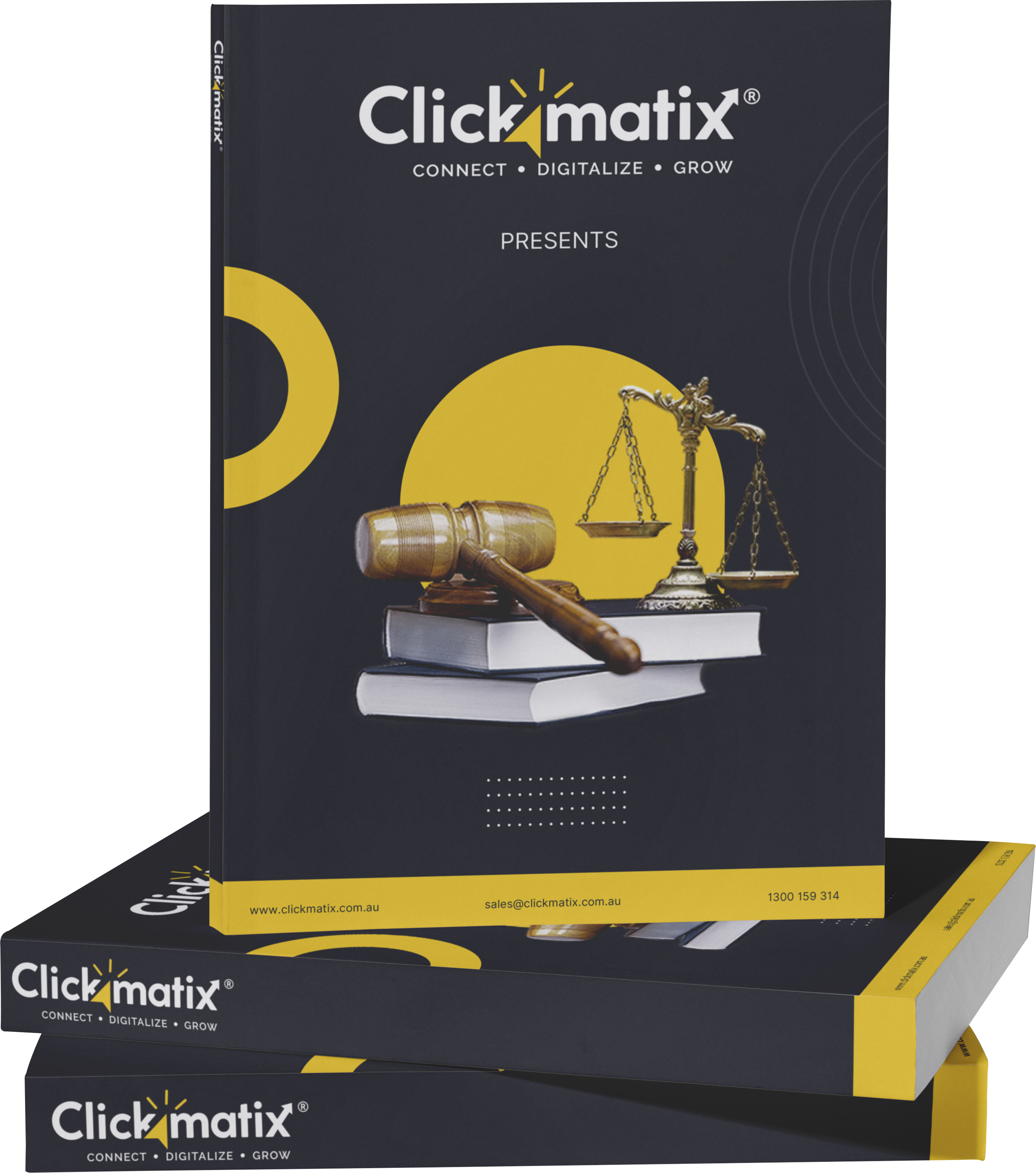
THE ULTIMATE MARKETING GUIDE FOR LAWYERS



Youtube Ads Guide How to Advertise on Youtube



free Ecommerce SEO guide for Higher Sales & Conversion


It's time to call your business-
a brand!
Australian Owned Agency
Save Time and Money
Unbeatable Value
Where Work Gets Done


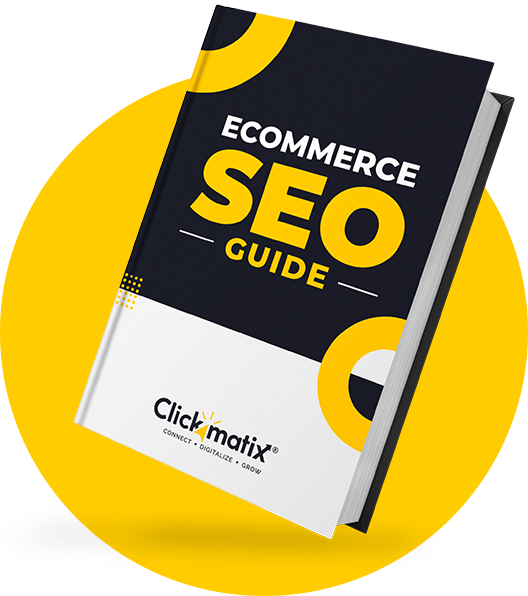
The Game-Changing Ecommerce SEO Guide That Will Blow Your Mind & Sales
With this Ecommerce SEO Guide, you'll be able to:
- Develop a Ecommerce SEO strategy.
- Build a content marketing strategy that aligns with your business goals.
- Convert your website visitors into paying customers.


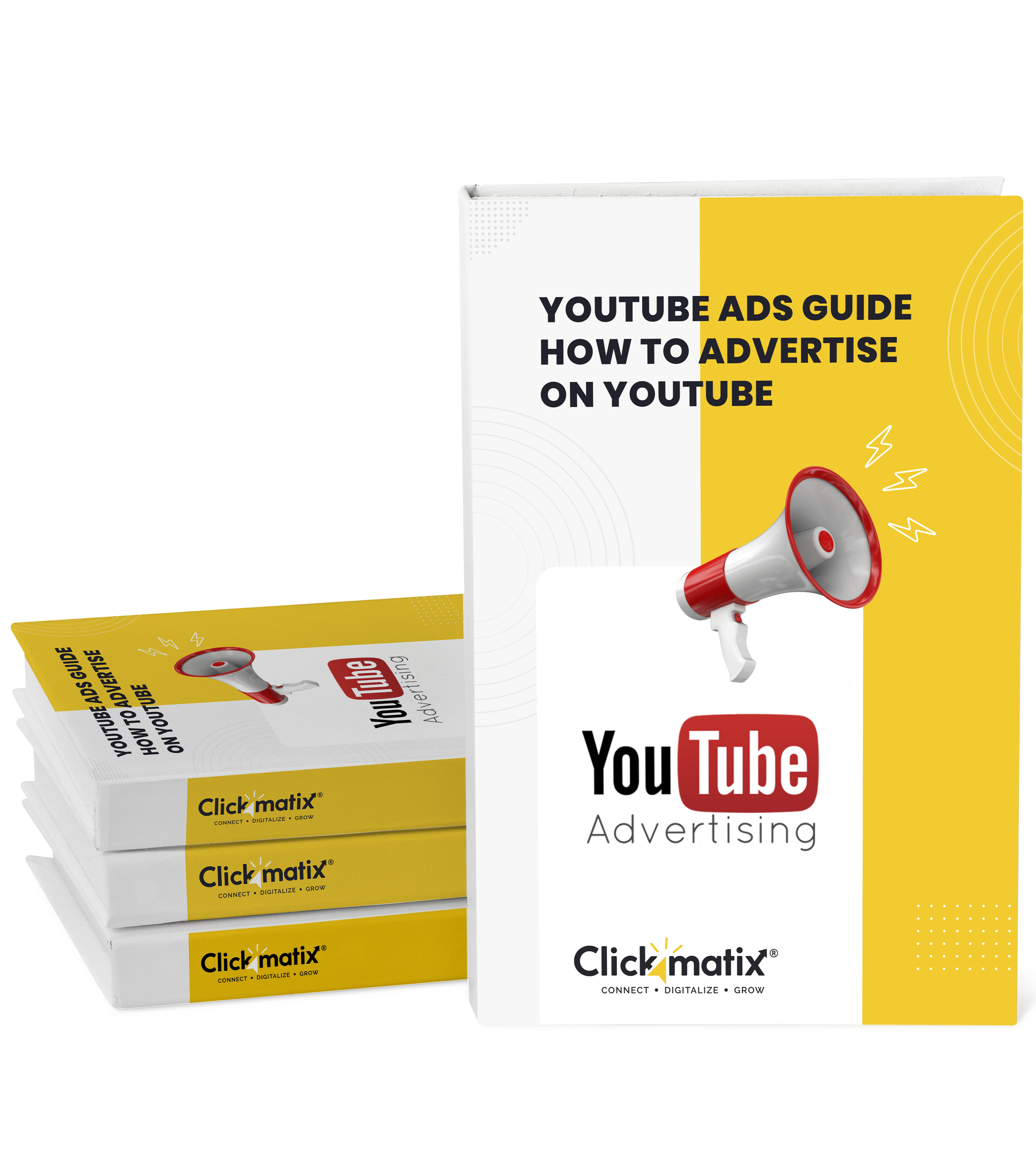
Youtube ads guide how to advertise on youtube
With this Youtube ads Guide, you'll be able to:
- Develop a Youtube ads strategy.
- Build a type of ads of your own that aligns with your business goals.
- Generate revenue from youtube ads.
It's time to call your business-
a brand!
Australian Owned Agency
Save Time and Money
Unbeatable Value
Where Work Gets Done








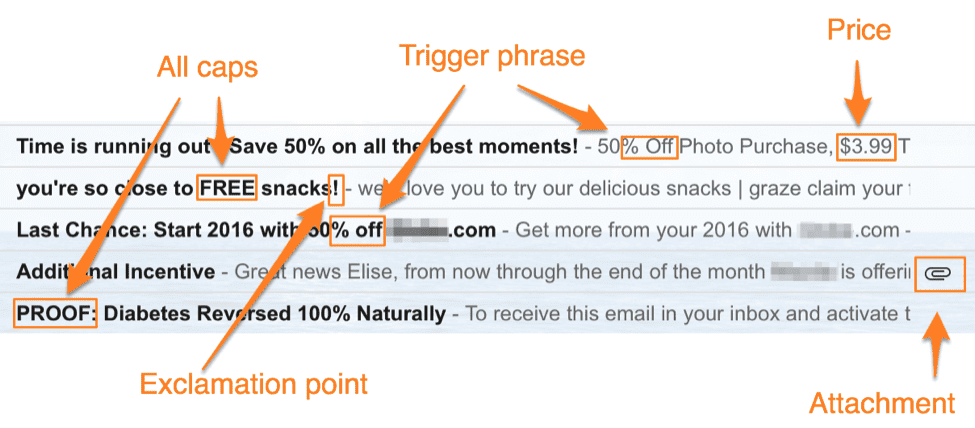
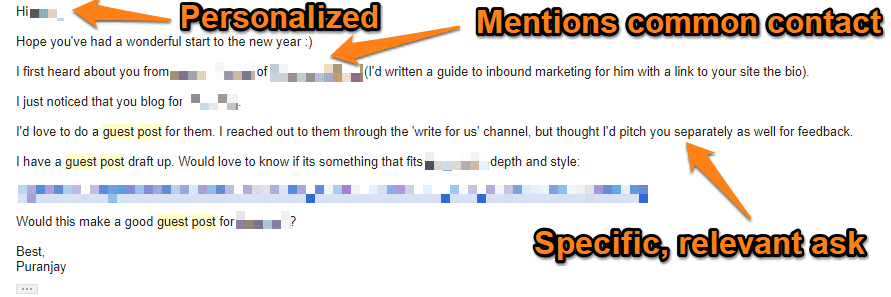
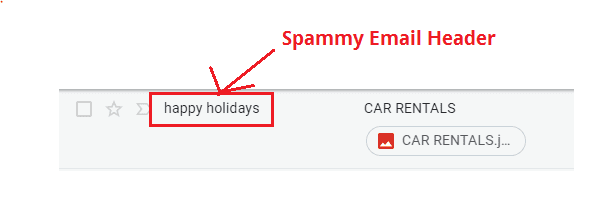


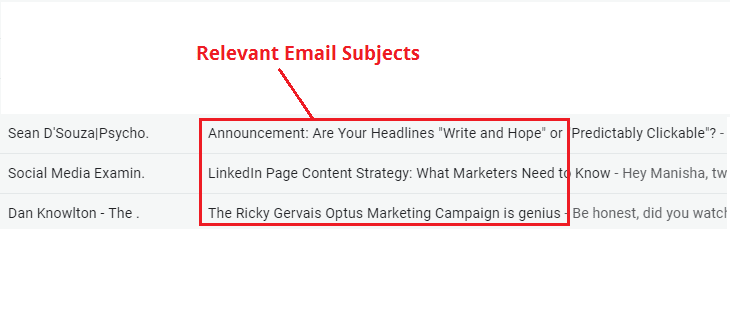
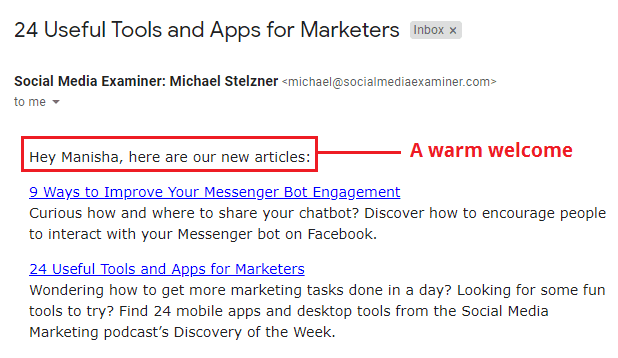
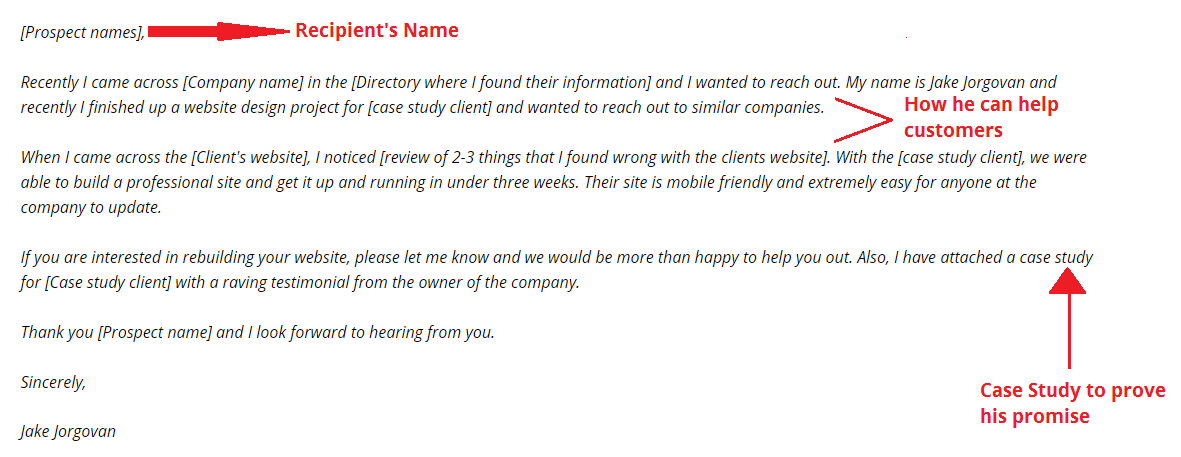
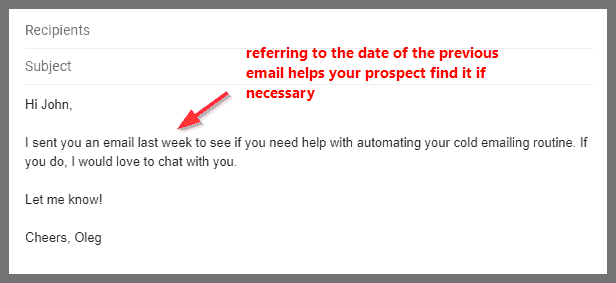

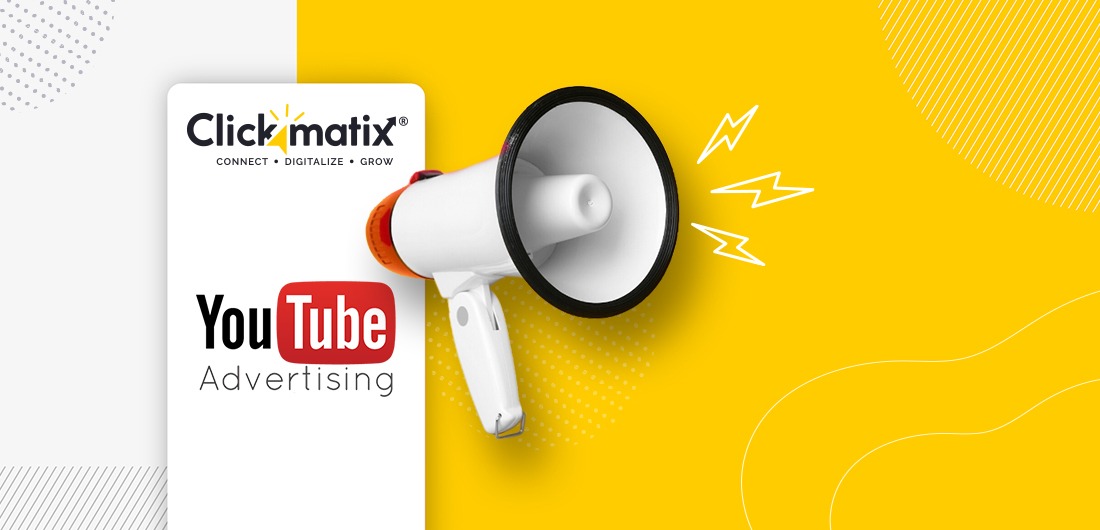


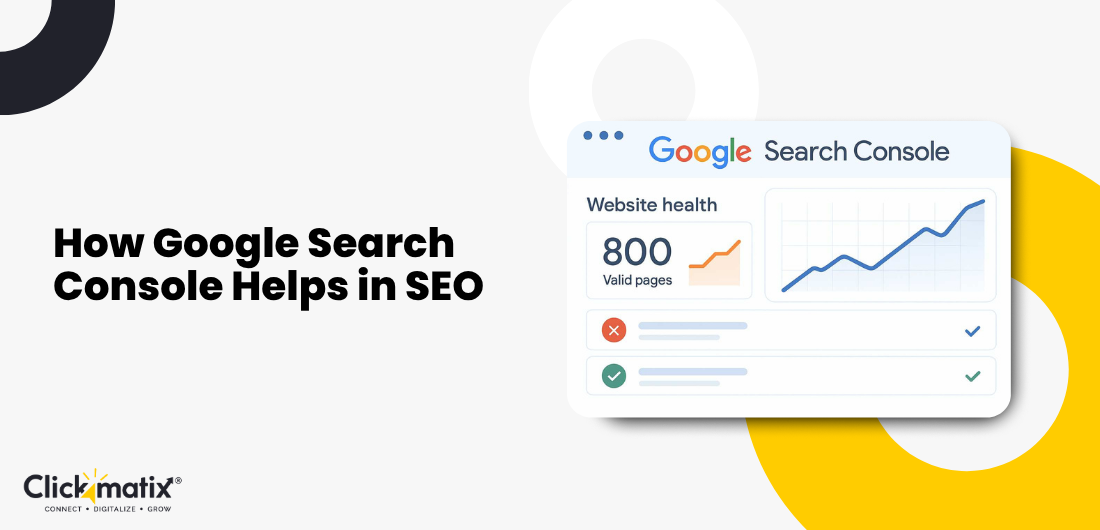
 Australian Owned Agency
Australian Owned Agency Save Time and Money
Save Time and Money Unbeatable Value
Unbeatable Value Where Work Gets Done
Where Work Gets Done